Seagrass is considered one of the most valuable ecosystems in the world, yet knowledge and research is often lacking, especially in developing countries such as the Seychelles. This study demonstrates the successful application of UAV technology to remotely sense and map a seagrass meadow located off Beau Vallon Beach, Seychelles. A field survey was used to ground truth the area and document biological characteristics of species present, including species composition, canopy height, shoot densities and epiphytic cover. A total of 6 seagrass species were found within the study site with the most dominant being, Syringodium isoetifolium, Halodule uninervis and Thalassia hemprichii. This is the highest level of diversity within one meadow to have been publicly recorded in the Seychelles, in addition to one species Halophila stipulacea, not previously recorded around the island of Mahé. Using historical images and current drone imagery the meadows extent was estimated to have declined by 26% between 1999 and 2022. By creating a baseline, this meadow can be monitored and act as an indicator for biological changes, allowing managers to make informed decisions regarding future development that may impact environmental health. Additionally, it may contribute to current national efforts, mapping seagrass habitats throughout the Seychelles.
promotor/supervisor feedback
nothing yet




